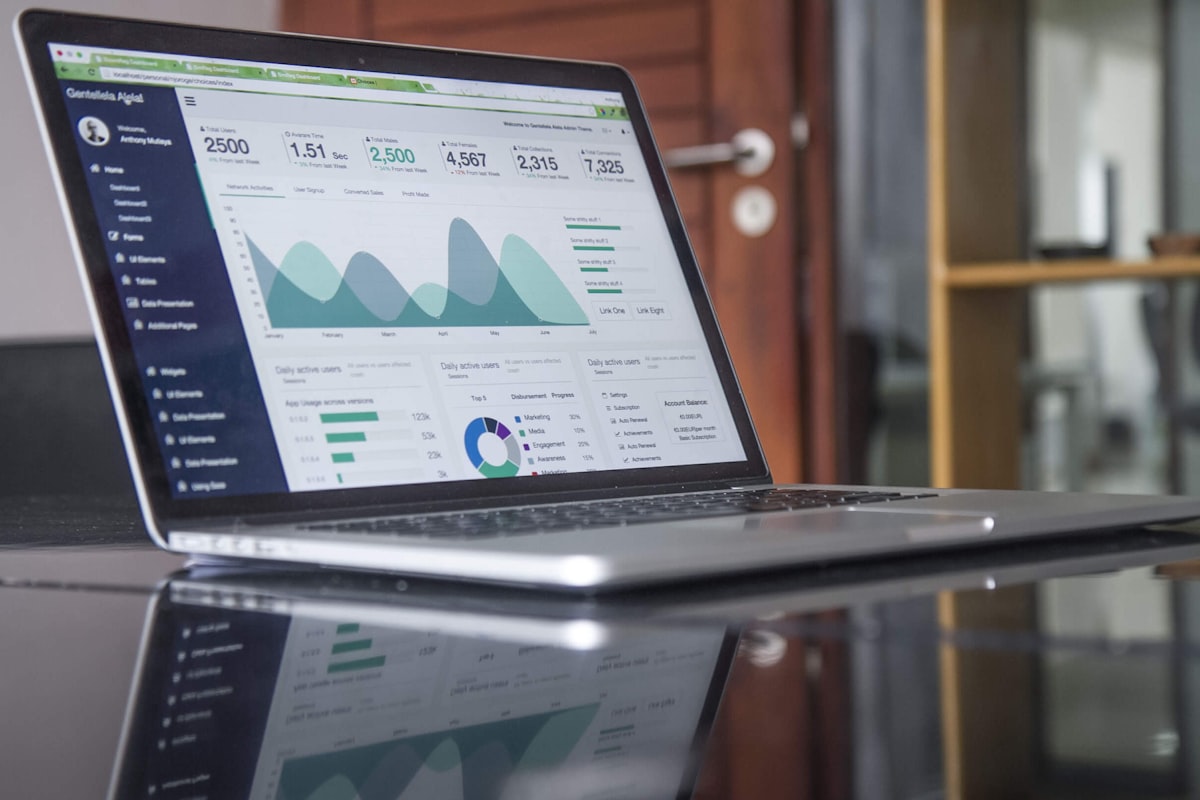Marketing success demands compelling visual content that captures attention and drives engagement. AI image editor revolutionizes how marketing professionals create stunning visuals at unprecedented scale, speed, and affordability.
Why Marketing Professionals Choose AI Image Editor
Traditional marketing visual creation presents challenges: expensive designer fees, slow turnaround limiting agility, inconsistent campaign quality, inability to test variations efficiently. AI image editor solves these providing speed to market (minutes vs days), cost efficiency (80-95% reduction), testing flexibility (quick multiple variations), brand consistency (perfect alignment), and professional quality (commercial-grade engagement drivers).
Marketing Visual Requirements
Social Media Standards: Instagram feed posts require square 1080x1080px minimum with high mobile contrast, brand consistency, scroll-stopping impact, and clear focal points. Instagram Stories need vertical 1080x1920px respecting text-safe zones with mobile-optimized quick-consumption design. Facebook marketing prefers landscape 1200x630px thumbnail-optimized for news feeds with clear shareable subjects. LinkedIn requires professional corporate aesthetic at 1200x627px for link shares with business-appropriate B2B standards. Twitter/X optimizes at 1200x675px with high timeline contrast and mobile-friendly shareability.
Advertising Creative Requirements: Display ads need multiple sizes (300x250, 728x90, 160x600), clear visible CTAs, prominent brand elements, professional quality, and platform compliance. Social media ads require platform-specific specs, ad-friendly composition, conversion-optimized design, testing variations, and performance tracking readiness. Email marketing headers typically use 600-800px width with responsive design, email client compatibility, and clear value proposition visuals.
Creating Marketing Visuals
Strategic Planning: Define campaign goals (awareness, launches, leads, conversions, engagement), determine visual needs (quantities, platforms, format variations, style direction, timelines).
Brand References: Upload brand guideline examples showing color implementation, typography, aesthetic direction, quality standards, and personality expression.
Marketing-Optimized Prompts: For brand awareness posts use "Professional social media marketing visual, brand-consistent palette, clean modern aesthetic, high mobile contrast, engaging scroll-stopping composition, commercial quality, Instagram optimized." For product launches request "Exciting product launch visual, dynamic energetic composition, clear product showcase, modern professional design, attention-grabbing, launch campaign quality, shareable appealing aesthetic." For engagement content specify "Engaging social media visual, relatable authentic feel, conversation-starting composition, professional marketing quality, optimized for shares and engagement, brand-aligned aesthetic."
Platform-Specific Optimization
Instagram Mastery: Feed posts should specify "Instagram feed post optimized for engagement, square 1080x1080, mobile-first high contrast design, brand-consistent colors, professional social media quality, thumb-stopping visual appeal, encourages interaction" with negatives "low contrast, poor mobile visibility, cluttered composition, text-heavy, busy background." Stories and Reels need "Instagram Stories vertical 1080x1920, mobile-optimized full-screen experience, dynamic engaging composition, safe zones for text overlay, attention-capturing opening frame" avoiding "landscape format, poor contrast, text outside safe zones, low energy, boring composition."
Facebook Advertising: News feed ads require "Facebook news feed advertising visual, attention-grabbing composition for scrolling users, clear value proposition, professional ad quality, mobile and desktop optimized, high engagement potential" with negatives "small text, low contrast, cluttered, confusing message, poor mobile visibility."
LinkedIn B2B: Professional content needs "LinkedIn professional B2B marketing visual, corporate business aesthetic, trustworthy authoritative feel, executive-level quality, suitable for decision-makers, professional business marketing standard" avoiding "casual, playful, consumer-focused, unprofessional, low quality."
Email Marketing: Campaign headers should specify "Email marketing header banner, clear focal point with strong value proposition, professional commercial quality, optimized for email clients, responsive design, compelling visual driving opens" avoiding "too wide, poor email compatibility, slow loading, excessive file size."
ROI Analysis
Traditional Costs: Design agency monthly: $5,000-$9,500 ($60,000-$114,000 annually) for 20 social graphics, 5 ad variations, email headers, campaign assets. In-house designer: $68,200-$103,700 annually including salary $50k-75k, benefits $15k-22.5k, software $1.2k, resources $2k-5k.
AI Image Editor Costs: Monthly 30-50 visuals requiring 300-500 credits costs $15-$25 monthly, $180-$300 annually. Savings vs agency: $59,820-$113,700 annually (99% reduction). Savings vs in-house: $67,900-$103,400 annually (99% reduction). Additional benefits include unlimited testing variations at minimal cost, instant turnaround enabling agility, no scheduling delays, complete creative control, and flexible scaling.
Ready to revolutionize marketing visuals? Start using AI image editor today for 99% cost savings, 95% time savings, and unlimited creative testing flexibility driving better marketing performance.
